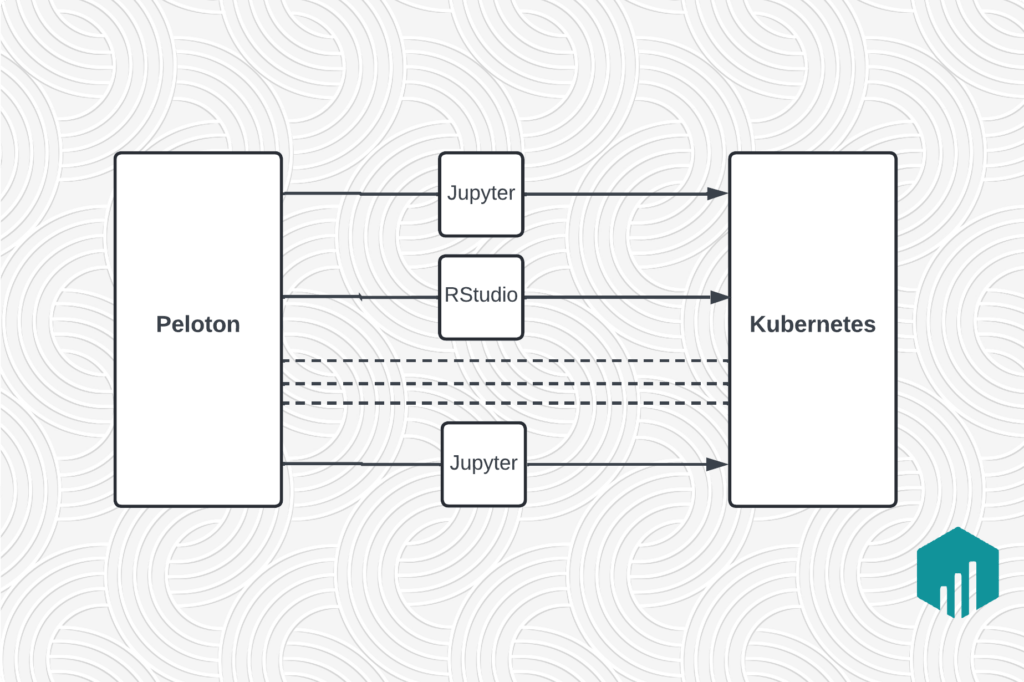
In 2020, the United States Postal Service received almost 36 million change-of-address requests. From February 2020 to July 2020 alone, 15.9 million Americans requested address changes—a 27% increase in temporary movers compared with that same period in 2019.
Many of those moving were young adults. While a majority moved back home with their parents (the highest since the Great Depression), Pew Research, CNBC, and Bloomberg found that other reasons for moving included:
- Freedom to work from anywhere
- Being closer to friends and family, or looking after family
- Closed college campuses
- Financial stress
- Fear of catching COVID-19
- Job relocation or job loss
- Desire for more space
- Desire for different climates
However, many didn’t go very far. More than 85% of people who moved stayed in the same state they were living in. Remote workers especially, newly free from office life, left big cities for the suburbs. Those who did move out of state often went to one that bordered their original state.
As employers plan to return their workforces to the office, have Americans moved on?
COVID-19 migration patterns are similar to pre-pandemic
Generally, Americans are moving out of the Northeast, the Midwest, and California to more affordable Sun Belt states. Texas and Florida added a combined 600,000 people alone, with both states boasting advantageous cost-per-square-foot ratios, favorable weather, and, in some cases, better-aligned politics.
And for some, space was a driving factor. The National Association of Home Builders saw housing demand increase in lower-density areas, likely due to the need for home office space.
Redfin shared similar sentiments that higher sales of luxury, suburban, and rural homes stemmed from people wanting more space.
Americans who moved didn’t go far
One migration principle from Ernst Georg Ravenstein’s The Laws of Migration is that most people move small distances. It’s easier to stay in the same state for tax purposes, and most workers have an established network that makes it easier to assimilate to a new environment or search for a job.
Dowell Myers, a demographer and Professor of Public Policy at the University of Southern California, noted that people like to move out while maintaining some level of familiarity because it’s easier.
In the New York metro area, 3 of the 5 most popular places to relocate from Manhattan were less than 15 miles away, according to Bankrate’s analysis of data from the US Postal Service. Meanwhile, people who left other cities such as Austin, Texas, or Orlando, Florida, chose new home bases less than 30 miles away. On the California coast, most San Franciscans moved to a county within 60 miles of their previous home.
Will these moves be permanent? According to Bankrate’s survey, maybe not. About 31% of people 18 to 31 years old relocated either permanently or for an extended period of time during the COVID-19 pandemic, compared with 16% of adults overall.
While the COVID-19 pandemic hasn’t uprooted migration patterns entirely, preliminary data shows some pandemic-era shifts could endure. After offices reopen, 55% of people plan to keep working remotely at least one day a week. Hybrid work is becoming the new normal and a preferred way to work.
As such, local labor markets around New York and San Francisco could expand to peripheral towns through satellite offices. For workers wanting to stay remote, a once-a-week drive could make more sense than a daily commute. This new working style could increase office locations and job prospects, and potentially reduce traffic congestion by eliminating a daily commute.
What pandemic-era migration means for city offices
Office managers, people leaders, and others planning their workforce’s return to the office may be wondering how to proceed. It appears that people who left cities may be more inclined to return to offices if companies required or allowed one to 2 days of in-person engagement. Many workers have and could continue to relocate farther from urban hubs to capitalize on lower living costs and larger space that suburbia provides.
However, as cities and offices reopen, many younger workers are eager to return, especially with today’s reduced rents. Cities and the offices within them offer young workers and new graduates opportunities such as meeting new people, participating in events, and receiving the critical face time and skill development needed to further careers. This aspect of cities isn’t going anywhere, which is why cities will continue to draw workers and other individuals.
As office managers and employees alike begin to draw up return-to-office plans, benefits like an employee commute program can help move your distributed workforce. Whether it’s transporting employees between offices and satellite hubs, or from the train to the office door, Uber for Business offers customizable commute programs for all your business’s needs.
Contact the Uber for Business team to get started.
Posted by Uber for Business
Simplify travel expenses for your business
Related articles
Most popular

Fixrleak: Fixing Java Resource Leaks with GenAI

Teens get 50% off a month of free rides when they fail their driver’s test

Migrating Large-Scale Interactive Compute Workloads to Kubernetes Without Disruption




